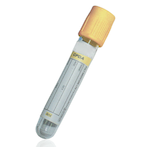
- Home
- Clinical Chemistry Tests
- Androstenedione
Androstenedione (D4-androstenedione)
Specimen Volume
1mL blood (300uL sample)Sample Preparation
Turnaround Time
5 working daysSample Processing In Laboratory
No special requirements.Sample Stability
36 days at 4°C
General Information
Androstenedione is a weak androgen secreted by the adrenals, ovary and testes. It is also produced by peripheral conversion of DHAS. It is used as an aid to diagnosis of hyperandrogenism usually in females or prepubertal children. It has been advocated for the monitoring of replacement steroid therapy in subjects with congenital adrenal hyperplasia (CAH) due to 11β-or 21-hydroxylase deficiency. It is markedly increased in conditions such as CAH and some adrenal tumours. In women with polycystic ovarian syndrome about 60% have elevated androstenedione.
Androstenedione is also useful in diagnosis of 17β-hydroxysteroid dehydrogenase deficiency. Male (XY) babies with this deficiency have female or ambiguous genitalia. Androstenedione is increased relative to testosterone concentration. In infants measurements should be made after stimulation with human chorionic gonadotrophin.
Androstenedione has a diurnal variation, being highest in the morning. There is a cyclical variation in the menstrual cycle; highest values are found around mid-cycle. There is an increase during pregnancy
Patient Preparation
No specific patient preparation.
Notes
Measured as part of a steroid profile containing testosterone and 17-hydroxyprogesterone.
Reference Range
Adults
Female (pre-menopause): 0.9 - 7.5 nmol/L
Female (post-menopause): 0.4 - 2.9 nmol/L
Male (18-40yrs): 1.1 - 5.6 nmol/L
Male (41-67yrs): 0.8 - 4.7 nmol/L
Paediatrics
Neonates: <8.0 nmol/L
Female tanner stage 1: <1.8 nmol/L
Male tanner stage 1: <1.1 nmol/L
Source of Reference Range
University college London hospitalsSpecifications
- EQA Status: UK NEQAS Steroid Hormones
- EQAS Scheme: Yes
Related Tests
Dehydroepiandrosterone Sulphate (DHAS) (DHEAS)Creation Date
Monday, 08 August 2011Modification Date
Friday, 12 May 2023General Information
Location of Laboratories
Copyright UHB Pathology 2018
Protection of Personal Information – Clinical Laboratory Services comply with the Trust Data Protection Policy and have procedures in place to allow the Directorate and it’s employees to comply with the Data Protection Act 1998 and associated best practice and guidance.
University Hospitals Birmingham medical laboratories at Queen Elizabeth Hospital, Heartlands Hospital, Good Hope Hospital and Solihull Hospital are UKAS (United Kingdom Accreditation Service) accredited to the ISO 15189:2012 standard. For a list of accredited tests and other information please visit the UKAS website using the following link: https://www.ukas.com/find-an-organisation/
- Molecular Pathology is a UKAS accredited medical laboratory No. 8759
- Biochemistry is a UKAS accredited medical laboratory No. 8910
- Haematology and Transfusion is a UKAS accredited medical laboratory No. 8784
- Clinical Microbiology is a UKAS accredited medical laboratory No. 8760
- Cellular Pathology is a UKAS accredited medical laboratory No. 10141
- Musculoskeletal laboratory is a UKAS accredited medical laboratory No. 9897
- Heartlands, Good Hope and Solihull Hospital pathology laboratories are a UKAS accredited medical laboratory No.8217.
Tests not appearing on the UKAS Schedule of Accreditation currently remain outside of our scope of accreditation. However, these tests have been validated to the same high standard as accredited tests and are performed by the same trained and competent staff.
For further test information, please visit the test database: http://qehbpathology.uk/test-database
For further information contact Louise Fallon, Quality Manager, 0121 371 5962
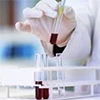 Biochemistry
Biochemistry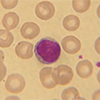 Haematology and Transfusion
Haematology and Transfusion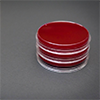 Clinical Microbiology (Including Virology)
Clinical Microbiology (Including Virology)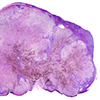 Cellular Pathology
Cellular Pathology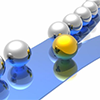 General Information
General Information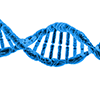 Molecular Pathology
Molecular Pathology